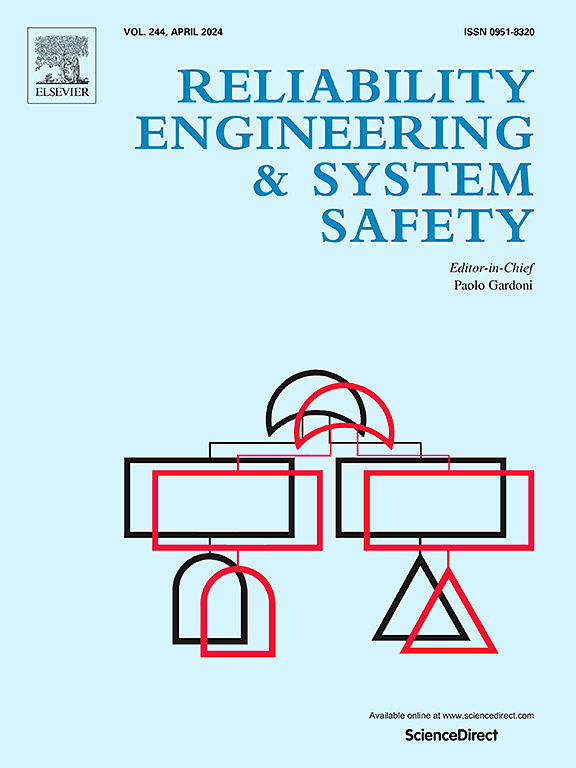Continual multi-target domain adaptation for industrial process fault diagnosis
IF 9.4
1区 工程技术
Q1 ENGINEERING, INDUSTRIAL
引用次数: 0
Abstract
In multi-operating condition production processes, process data typically arrive continuously with distinct distribution. Domain adaptation techniques are commonly employed to settle the domain shift caused by variations in operating conditions. However, those models trained on continual data streams face the dilemma of adapting to new data while forgetting old knowledge. In this study, a novel transfer learning model called continual multi-target domain adaptation with dual knowledge distillation (CMTDA-DKD) is proposed for process fault diagnosis, which is trained on multiple target domains collected sequentially from varying working conditions. To adapt to the target streams from different working conditions, maximum mean discrepancy and adversarial training are utilized to narrow the distribution gap and guide the feature generator to learn domain invariant features between source and target domains. In addition, a dual knowledge distillation module is proposed to mitigate catastrophic forgetting of previous target domains in both feature and class levels. Moreover, a knowledge bank based on a sample selection module is proposed to restore the representative target domain samples in previous incremental stages, which enables the model to preserve prior knowledge. The application performance of CMTDA-DKD in continuous stirred tank reactor process, three-phase process and a hydraulic system demonstrates its effectiveness and superiority over other methods.
面向工业过程故障诊断的连续多目标域自适应
在多工况生产过程中,工艺数据通常是连续到达的,且分布不同。领域自适应技术通常用于解决操作条件变化引起的领域偏移。然而,那些在连续数据流上训练的模型面临着适应新数据而忘记旧知识的困境。本文提出了一种新的基于双知识蒸馏的连续多目标域自适应迁移学习模型(CMTDA-DKD),该模型在不同工况下连续采集的多个目标域上进行训练,用于过程故障诊断。为了适应来自不同工况的目标流,利用最大均值差异和对抗训练来缩小分布差距,引导特征生成器学习源域和目标域之间的域不变特征。此外,提出了双知识蒸馏模块,以减轻特征和类层面上先前目标领域的灾难性遗忘。在此基础上,提出了基于样本选择模块的知识库,用于恢复之前增量阶段中具有代表性的目标域样本,使模型能够保留先验知识。CMTDA-DKD在连续搅拌釜式反应器过程、三相过程和液压系统中的应用性能证明了其有效性和优越性。
本文章由计算机程序翻译,如有差异,请以英文原文为准。
求助全文
约1分钟内获得全文
求助全文
来源期刊

Reliability Engineering & System Safety
管理科学-工程:工业
CiteScore
15.20
自引率
39.50%
发文量
621
审稿时长
67 days
期刊介绍:
Elsevier publishes Reliability Engineering & System Safety in association with the European Safety and Reliability Association and the Safety Engineering and Risk Analysis Division. The international journal is devoted to developing and applying methods to enhance the safety and reliability of complex technological systems, like nuclear power plants, chemical plants, hazardous waste facilities, space systems, offshore and maritime systems, transportation systems, constructed infrastructure, and manufacturing plants. The journal normally publishes only articles that involve the analysis of substantive problems related to the reliability of complex systems or present techniques and/or theoretical results that have a discernable relationship to the solution of such problems. An important aim is to balance academic material and practical applications.
 求助内容:
求助内容: 应助结果提醒方式:
应助结果提醒方式:


